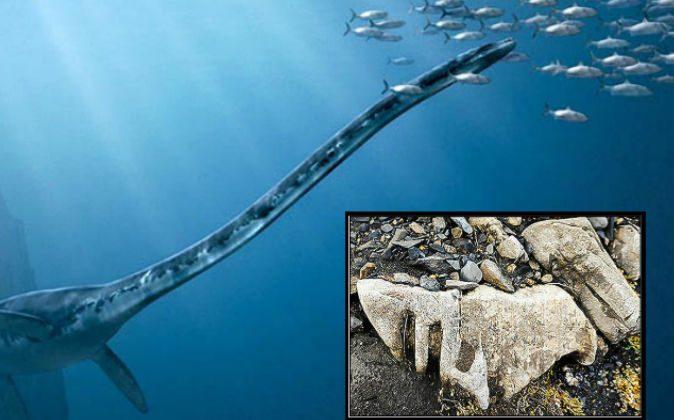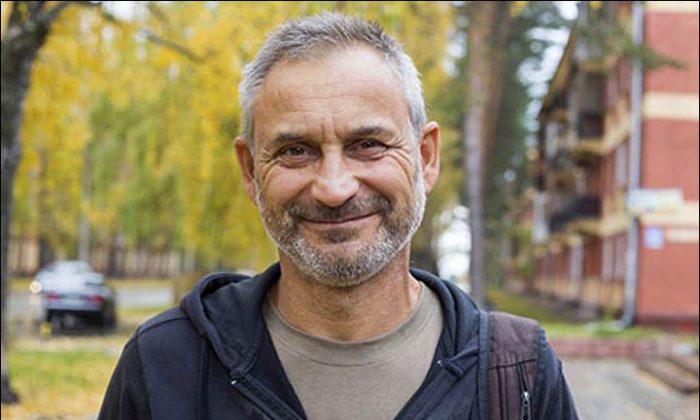It may seem unusual, but sunbathing in snow and wearing nothing more than a swimsuit in -10 degrees Celsius (14 degrees Fahrenheit) can help fitness.
From The Siberian Times: Wearing nothing more than a revealing red bikini and a pair of boots, Viktoria Smolina is showing Siberians just want to have fun, no matter the weather.
Running through the snow, and lying down to relax on a towel on a freezing day, the 27-year-old held her impromptu sunbathing session as part of an unusual healthy lifestyle choice that harnesses the goodness of cold weather.
The pictures, from her photo shoot on the banks of a river Ob in Novosibirsk in temperatures of -10 degrees Celsius or lower, have gone viral in Russia, and helped raise awareness of her hardy therapy. She is an advocate that cold weather can heal the soul, and improve health and fitness.

Smolina, who was born in Novosibirsk but is now based in Moscow, told the Siberian Times: “I have been getting myself used to the cold for several years. I have cold showers, which improve health and helps me to tolerate frosts better.”
“I recommend it to everyone.”
Viktoria, who is educated as an economist, works in a variety of creative organizations in Moscow, and many of her projects are dedicated to children.
The idea of the unusual photo shoot, which was held last month during mild weather of just -10 degrees Celcius, came from her photographer friend Ekaterina Marinina.

Wearing a small red bikini, warm vakenki boots, and a pair of sunglasses, she is shown enjoying herself outdoors without managing to feel the cold. She said: “I often hear jokes from my foreign friends on how harsh is Siberia and how life must be difficult for a lot of people here.
“So I thought ‘why not?’ to a shoot and thought of naming it something like ‘A Typical Siberian Summer,’ showing that this is the way hardy Siberians relax, like we have no cares in the world about frost and snow.
“I also had the idea that it would be great to stress that everyone can improve his or her health, and there are no limits in doing it. The shoot itself took less than an hour, and I was running and jumping between the shots which helped to stay warm.”
“The Siberian climate might seem difficult to a newcomer because of its sharply continental character, in which temperatures can jump 20 [degrees Celsius (some 40 degrees Fahrenheit)] within a day, where summers can be really hot, up to 45 [degrees Celsius (104 degrees Fahrenheit)], and winters can be bitterly cold, down to -50 [degrees Celsius (-58 degrees Fahernheit)] and sometimes below.”
“What I want to say is that living in such a climate can, in fact, do wonders to your health. I try to be an advocate to this theory, living for years without drinking alcohol, doing sports, and eating healthy foods, which in itself helps improve health.”
“But another important aspect is in taking the best you can out of the cold climate; you should embrace the cold rather than running away from it. I hope my pictures can make some people around the world like this idea and take a bit more care about their health.”
Pictures from the photo shoot have gone viral on the Internet in Russia. Viktoria has produced a video about Siberians and their healthy lifestyles:
Republished with permission from The Siberian Times. Read the original.



Friends Read Free